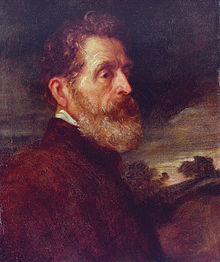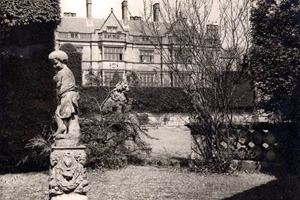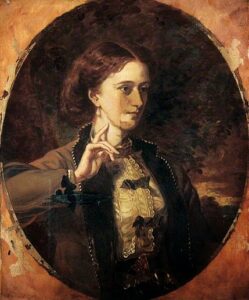

He moved to nearby Newborough in 1952 after which the building stood empty for a number of years. It was acquired by the Bickerton Jones family in 1970, who restored much of the building.
Editor notes for clerk: To edit this page, just click ‘edit page’ in the top bar. See our guidance for more details.
Located in East Staffordshire, Hoar Cross nestles in the hills of the ancient Needwood Forest, now part of the National Forest. The name of the village was first recorded in 1230 a.d., and appeared as Horcros. It is thought to refer to grey cross or boundary cross.
Hoar Cross formed its own Ecclesiastical Parish in 1874.


Designed by Henry Cluton the Hall was constructed in the Jacobean style of Temple Newsam, the seat of the Ingram family near Leeds. In 1782, Hugo Meynell married Elizabeth Ingram Shepherd, and their son took the name Hugo Charles Meynell-Ingram.

In 1863, their grandson married Emily Charlotte Wood, eldest daughter of Sir Charles Wood, 1st Vicount Halifax. They were responsible for the reconstruction of the Hall.
